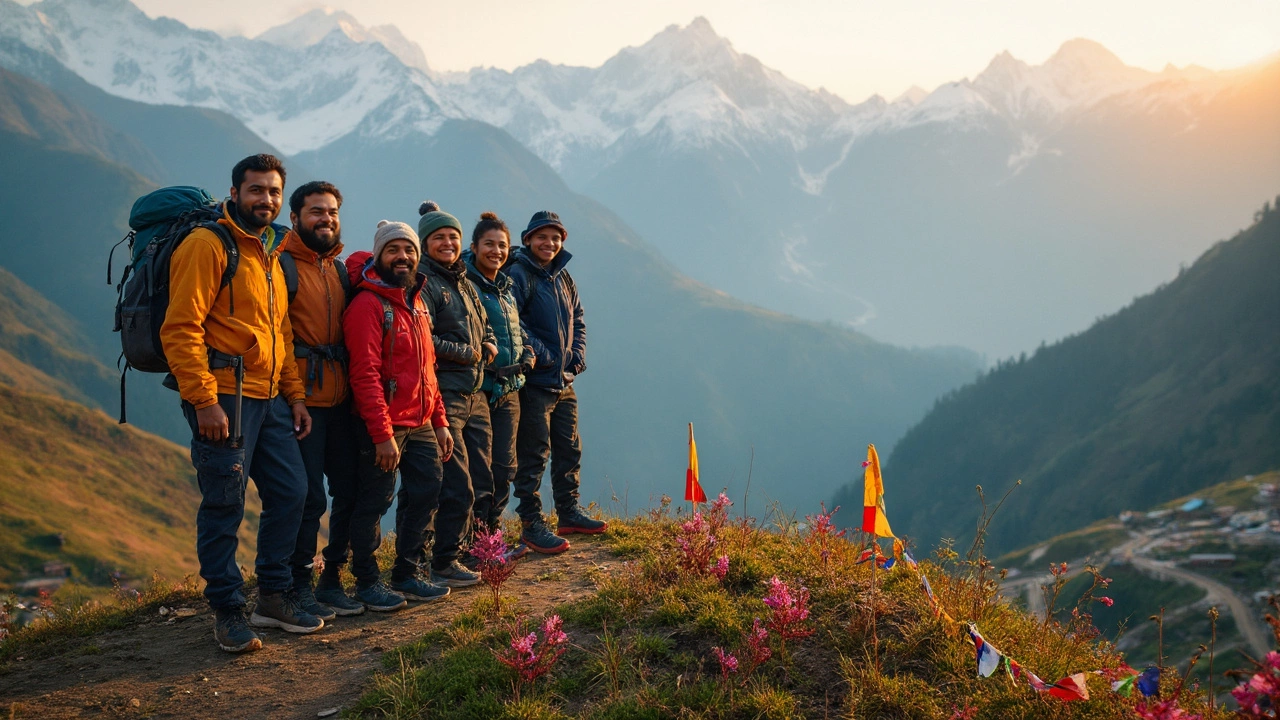India Trekking: Best Trails, Safety Tips, and Guide Essentials
When you think of India trekking, long-distance hikes through mountains, forests, and remote valleys across India. Also known as Himalayan trekking, it’s not just walking—it’s moving through landscapes that have shaped cultures, religions, and legends for centuries. Whether you’re stepping onto the rocky paths of Roopkund or following the ancient trade routes of Markha Valley, India trekking demands more than good shoes. It needs preparation, respect, and often, a local guide.
Many people assume trekking in India is like hiking in the Rockies or the Alps, but it’s not. The trails here are less marked, weather changes fast, and permits aren’t always obvious. That’s why trekking safety India, the practices and knowledge needed to avoid accidents, altitude sickness, and getting lost on remote trails is non-negotiable. You can’t just show up with a GPS and hope for the best. Local guides know the seasonal snowfall patterns, where the water sources dry up, and which villages welcome trekkers. They also handle the paperwork—something foreign travelers often miss until it’s too late. And it’s not just about safety. A good guide connects you to the real India: the tea stalls run by mountain families, the prayers at small shrines along the trail, the stories behind each pass.
Some of the most popular routes—like the Great Himalayan Trail, a 4,500-kilometer trek stretching across India’s northern mountains—aren’t for beginners. But you don’t need to go that far to get the full experience. Shorter treks like Kedarkantha or Nag Tibba offer the same thrill without the weeks of commitment. What they all share is the need for smart planning: knowing when to go, what to pack, and how to read the sky. India’s monsoon season turns trails into mudslides, and winter snow can trap even experienced hikers. That’s why so many posts here focus on timing, gear, and local advice—not just the views.
You’ll find real stories below: what happened when someone skipped a guide on Roopkund, why Nagpur is a hidden launchpad for central India treks, and how to avoid getting sick from bad water or food on multi-day hikes. There’s no fluff. Just what works. Whether you’re planning your first walk in the hills or your next big expedition, the posts here give you the facts you need—no marketing, no hype. Just real talk from people who’ve been there.
